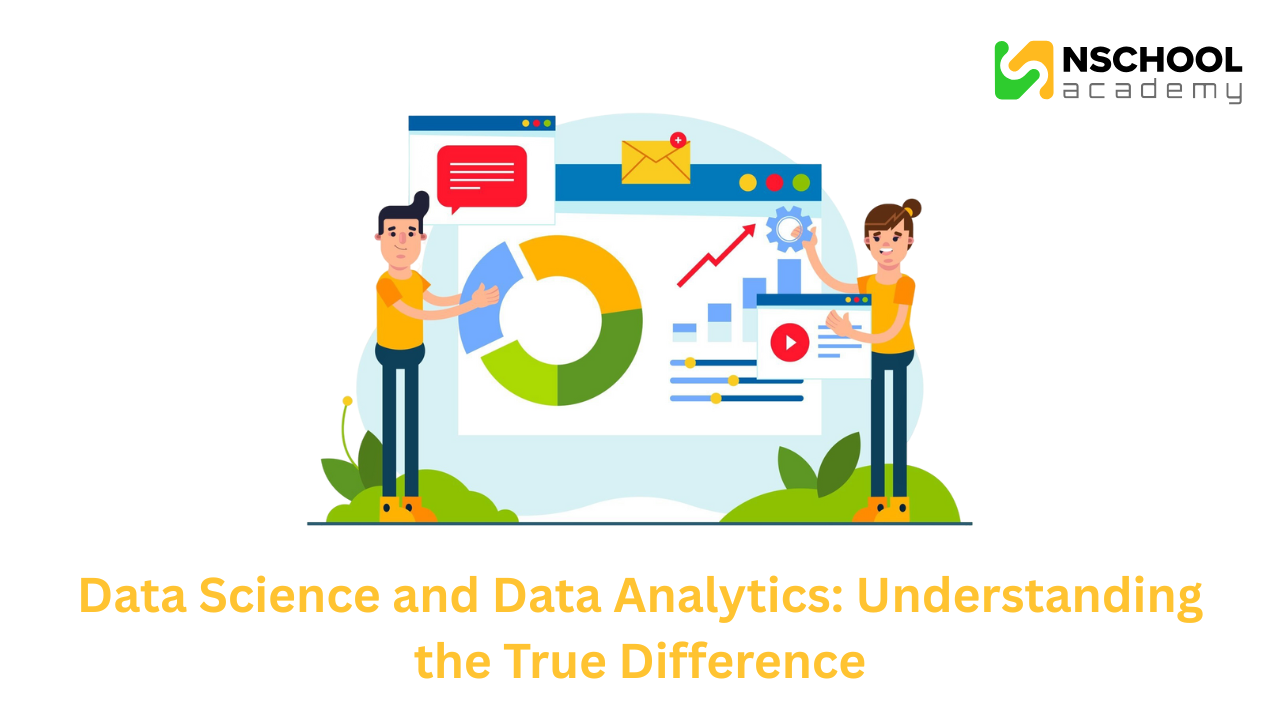Aspect | Data Science | Data Analytics |
Goal | Predict future trends, build models, make data-driven solutions | Analyze historical data and generate actionable insights |
Scope | Broad and exploratory | Narrower and more focused |
Data Types | Structured & unstructured | Mostly structured |
Techniques | Machine learning, AI, predictive modeling | Statistical analysis, reporting, data visualization |
Skills Required | Python/R, ML algorithms, big data, statistics | SQL, Excel, BI tools, basic statistics |
Output | Predictive models, AI solutions, insights for strategic decisions | Reports, dashboards, summaries, operational insights |


